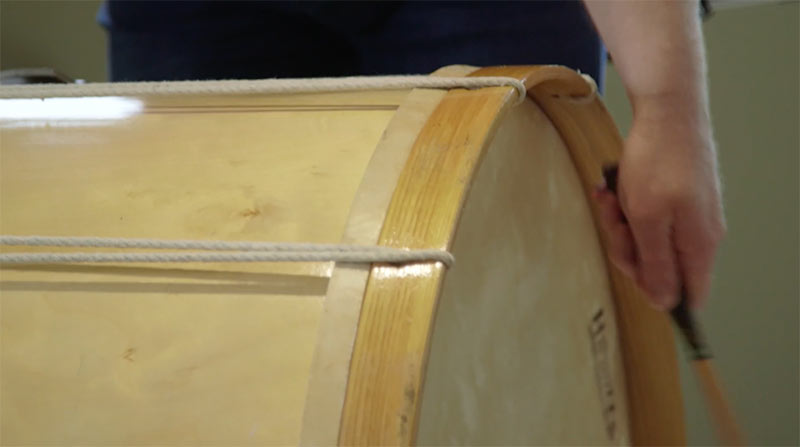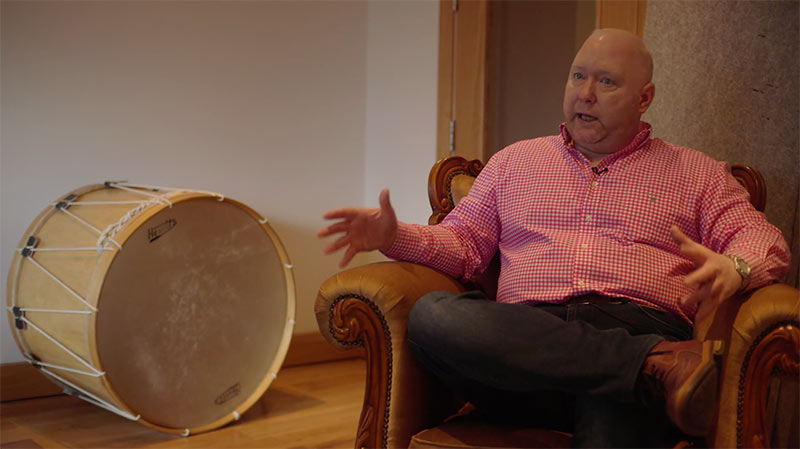Although now most famous as part of Orange Order parades, Lambeg drums were also long part of the Catholic tradition and it was not uncommon for drums to be shared between the two communities on August 15th and July 12th.
Nor is there much difference in the rhythms beaten on the bodhran, that staple of Irish traditional music, or, for that matter, those tapped out by Irish dancers.
Although not as popular throughout Northern Ireland as they once were, the Armagh area, where drummers beat out their own distinctive rhythms, remains a heartland for the Lambeg drum, which are known as batteries here.
Clady Day goes back to the 19th century when people began to gather at a field at Clady Milltown to play the Lambeg drum, later moving to Markethill. Today the festival attracts visitors from near and far to events in the afternoon and evening. But, if the Lambeg drum captures your imagination and you can’t make it don’t worry, there’s plenty of events throughout the year in the Armagh area to enjoy and you can even learn to play yourself!
For information on the Clady Day Festival at Markethill you can call or email Kyle Dowey, Chair of the Ulster Drumming Association.
Tel: 075880 50487 | Email: kyledowey@live.co.uk


